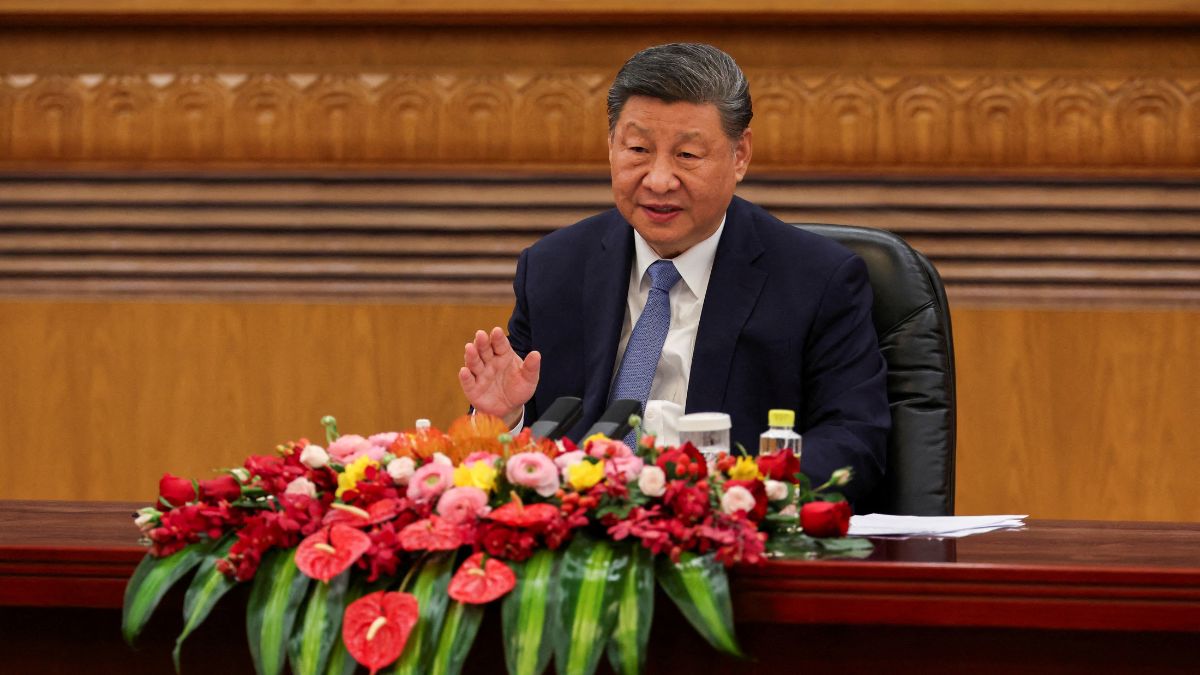President Xi Jinping is attempting to strengthen China’s ties in Southeast Asia, where several nations are reeling from President Donald Trump’s sweeping tariffs announced earlier this month.
Xi’s regional tour— beginning in Vietnam and continuing through Malaysia and Cambodia— is part of a concerted effort to position China as a steadier, more reliable partner amid an increasingly volatile global economic climate.
Southeast Asia reeling from Trump tariffs
Trump’s tariff regime, rolled out from the White House Rose Garden on April 2, slapped punitive duties on imports from dozens of countries. But Southeast Asia bore the brunt.
Vietnam faces tariffs of 46 per cent, Malaysia 24 per cent, Cambodia 49 per cent, with Thailand, Indonesia, and the Philippines also hit hard. For many of these countries, the United States is a crucial export destination, and the abrupt imposition of tariffs has left governments scrambling for alternatives.
Enter the Dragon
Xi Jinping is seeking to turn disruption into opportunity with his visit to South Asia . Beijing is seeking to stabilise its global trading relationships in the face of a protectionist pivot by Washington. The United States was China’s largest single export market in 2024. With those doors now swinging shut, Southeast Asia’s importance as both a market and a geopolitical buffer has grown.
In Vietnam, his first stop, Xi is overseeing the signing of 40 agreements, including major infrastructure plans such as a proposed $8.3 billion railway project linking northern Vietnam to China, partially funded by Beijing-backed loans.
Malaysia, which imported $101.5 billion worth of Chinese goods last year, is expected to ink similar deals during Xi’s visit. Cambodia, historically among China’s most loyal allies in the region, is also being courted with renewed investment pledges.
Xi’s message is clear: China, unlike the US, won’t pull the rug out from under its trading partners. In his meetings, he has highlighted infrastructure, connectivity, and long-term investment— areas where China has a proven track record.
What Beijing seems to be unleashing is a full-scale charm offensive to exploit an opening here.
Nations cautious of China’s overtures
Still, regional leaders remain cautious. Officials in several ASEAN nations are concerned over a new surge of low-cost Chinese goods, especially those that were headed to the US pre-tariffs.
Cambodia, under former prime minister Hun Sen, enjoyed great relations with China. With his son, Hun Manet, now in office, Phnom Penh is doubling down on that legacy, touting continuity in its China-first foreign policy.
Impact Shorts
More ShortsBut even Cambodia, often seen as Beijing’s closest ally in the region, is not closing the door on Washington. Its prime minister has made overtures to Trump’s administration, suggesting tariff reductions and new trade arrangements.
Vietnam’s newly installed top leader, To Lam, published an op-ed welcoming deeper engagement with China but also dialled Washington within hours of the tariffs being unveiled. Hanoi has offered to eliminate its own duties on American goods and dispatched a senior negotiator to the US. Cambodia and Malaysia have taken similar steps.
Diplomatic hedging
Rather than choosing sides, Southeast Asia is doubling down on diplomatic hedging.
This approach is the product of longstanding strategic habits and immediate concerns. Chief among them is the fear that China’s own export overflow— blocked from entering the US— will now flood Southeast Asian markets.
In the end, Xi’s visit may help Beijing shore up goodwill and demonstrate stability— but it won’t erase regional fears about economic dependency or domestic blowback from cheap imports. As Trump hints at reopening negotiations, Southeast Asia’s bet on flexibility may prove to be its best hedge.


)

)
)
)
)
)
)
)
)



